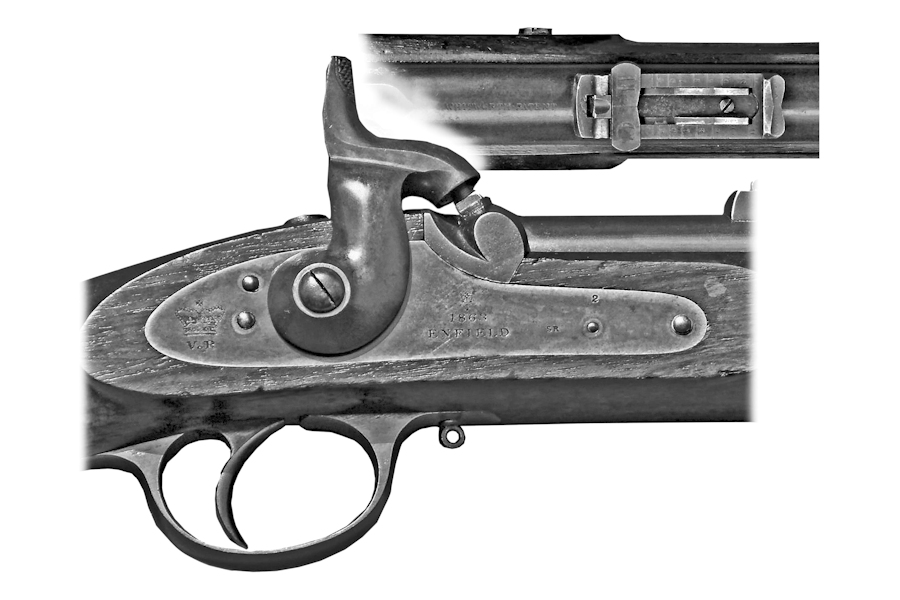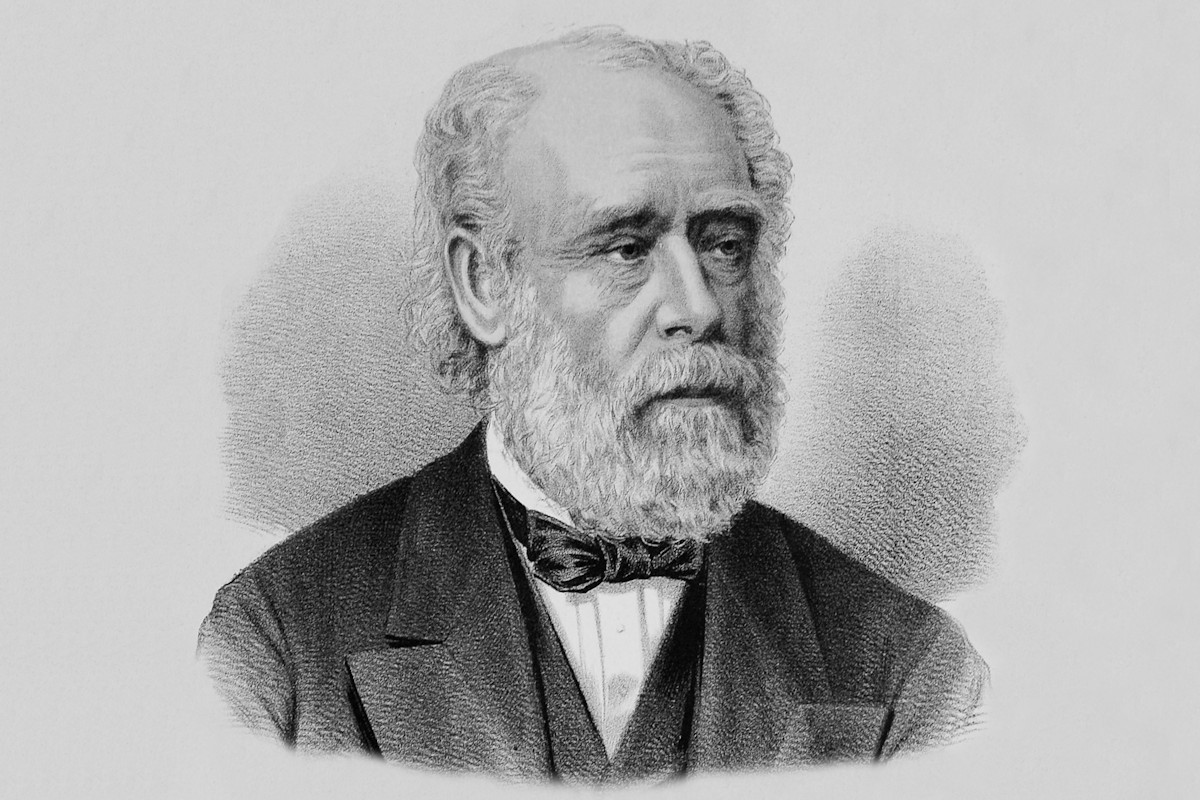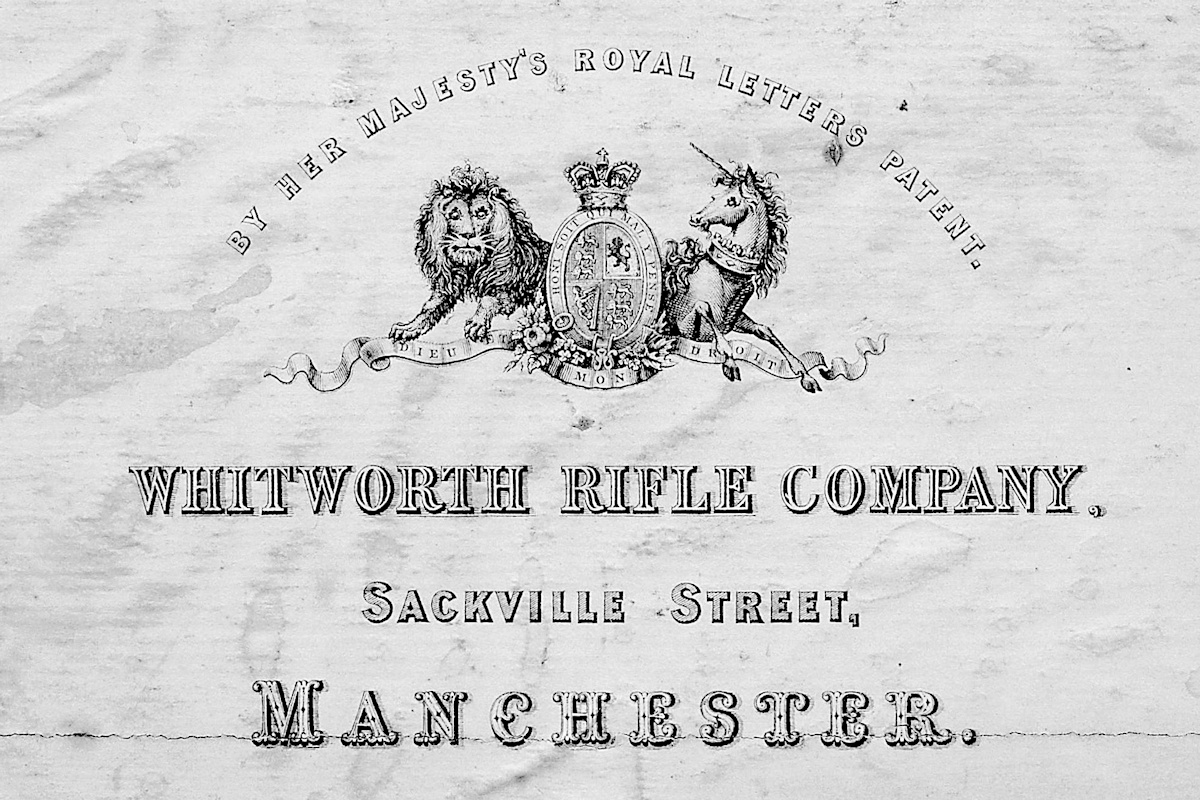You are here: Home > Research > Hex Bore
Source: The Engineer, 11 May 1860
The Whitworth Rifle has now afforded such ample proof of its superiority to the Enfield arm that the single adverse considerations of its cost cannot be allowed to operate much longer against its introduction. The costliness of the Armstrong gun, extreme as it was and is, proved no insuperable obstacle to its adoption; nor can that of the new rifle be allowed to prevail against it. When Colonel Eardley-Wilmot recently reminded Sir William Armstrong (at the Institution of Civil Engineers) that it was unfair to compare the cost of the new rifled cannon, with the cost of a brass gun, because after the latter became unserviceable as a gun it was almost as valuable as ever to sell as old brass, Sir William replied that he trusted his guns would prove “almost everlasting.” Mr. Whitworth may surely employ the same argument, and with even greater reason. It is fallacious to compare the cost of one of his rifles with that of an ordinary Enfield. Mr. Whitworth uses the best material that can be obtained – material that costs no less than £60 per ton, and which is very hard and tough, and difficult to work, but which is also correspondingly strong and durable. That it is so there can be no doubt. In illustration of its great strength, the following may be taken. Mr. Whitworth put into a rifle-barrel, 1in. in diameter at the breech, with a bore of .49 in., a leaden plug 18 in. long, as tightly as it could be driven home upon the charge. It was fired with an ordinary charge of powder, and the leaden plug, being expanded by the explosion remained in the barrel, the gases generated by the gunpowder all passing out through the touch-hole. The same experiment was repeated four times with the same result. It is evident therefore that gunpowder cannot burst the Whitworth rifle. With such strength great durability must of necessity co-exist, unless the quick turn of the rifling should tend to its rapid deterioration. But this is not the case, Mr. Longridge’s elaborate investigations having proved that the amount of the force expended on the rifling of the Whitworth rifle scarcely exceeds two per cent. of the total force of the of the powder. Perhaps the most remarkable testimony which has been borne to the merits of this rifle is that of General Hay, the director of musketry instruction at Hythe. After admitting the superiority of the Whitworth to the Enfield in point of accuracy, General Hay said (at the meeting already mentioned) there was a peculiarity about the Whitworth small bore rifles which no other similar arms had yet produced – they not only gave greater accuracy of firing, but treble power of penetration. For special purposes, any description of bullet could be used from lead to steel. The Whitworth rifle, with a bullet one tenth of tin, penetrated 35 planks, whereas the Enfield rifle, with which a soft bullet was necessary, only penetrated 12 planks. He had found that at a range 800 yards the velocity added to the hardened bullet gave a power of penetration in the proportion of 17 to 4 in favour of the Whitworth rifle. This enormous penetration is of the highest importance in a military weapon in firing through gabions, sandbags, and other artificial defences. General Hay thought the merits of the small-bore had never been sufficiently understood. It has been recently stated that the small-bore Enfield beat the small-bore Whitworth (1), but nothing of the kind has, General Hay states, taken place. It was also proper to state, he said, that the exact bore of the Whitworth has been adopted at Enfield without acknowledgement; even the same twist has been given to the rifling, one turn in 20 in., still the penetration of the Whitworth was two-thirds more than that of the Enfield. “Mr Whitworth has solved,” said General Hay, in conclusion, “the problem he undertook, viz. how to project, to the best advantage, a given quantity of lead with a given quantity of gunpowder, and there is no gun in England at this moment which will fulfil that condition to the same extent as the Whitworth rifle.” In reply to a question from the president, Mr. Bidder said, the Whitworth small-bore rifle, fired with common sporting powder, would never foul so as to render loading difficult. He had himself fired 100 rounds one day, 60 rounds the next, then 40 rounds, and so on, and left the gun without being cleaned for ten days, when it fired as well as it did on the first day. With these fact before us, proceeding from the very highest authority, it will be impossible, we submit, for the War Department to continue the manufacture of the Enfield arm to the exclusion of the Whitworth. Every soldier in the service costs the country from £50 to £100 for his education, and £50 a year for his maintenance, and to hesitate upon a question of 5s. or 10s., or even £10, in the cost of the weapon to arm the soldier, certainly appears, as Mr. Bidder remarked, to be carrying economy in the wrong direction. The Enfield establishment is in the hands of very good and able men at present, and we hope they will have sagacity enough to prevent them resisting a change which has now unquestioningly become inevitable.
– Mechanics Magazine
Note 1. Information on these trials and experimental Whitworth rifles can be found in ‘The British Soldier’s Firearm’ by Dr. C.H.Roads. (R&R Books, ISBN 1-884849-13-X).


